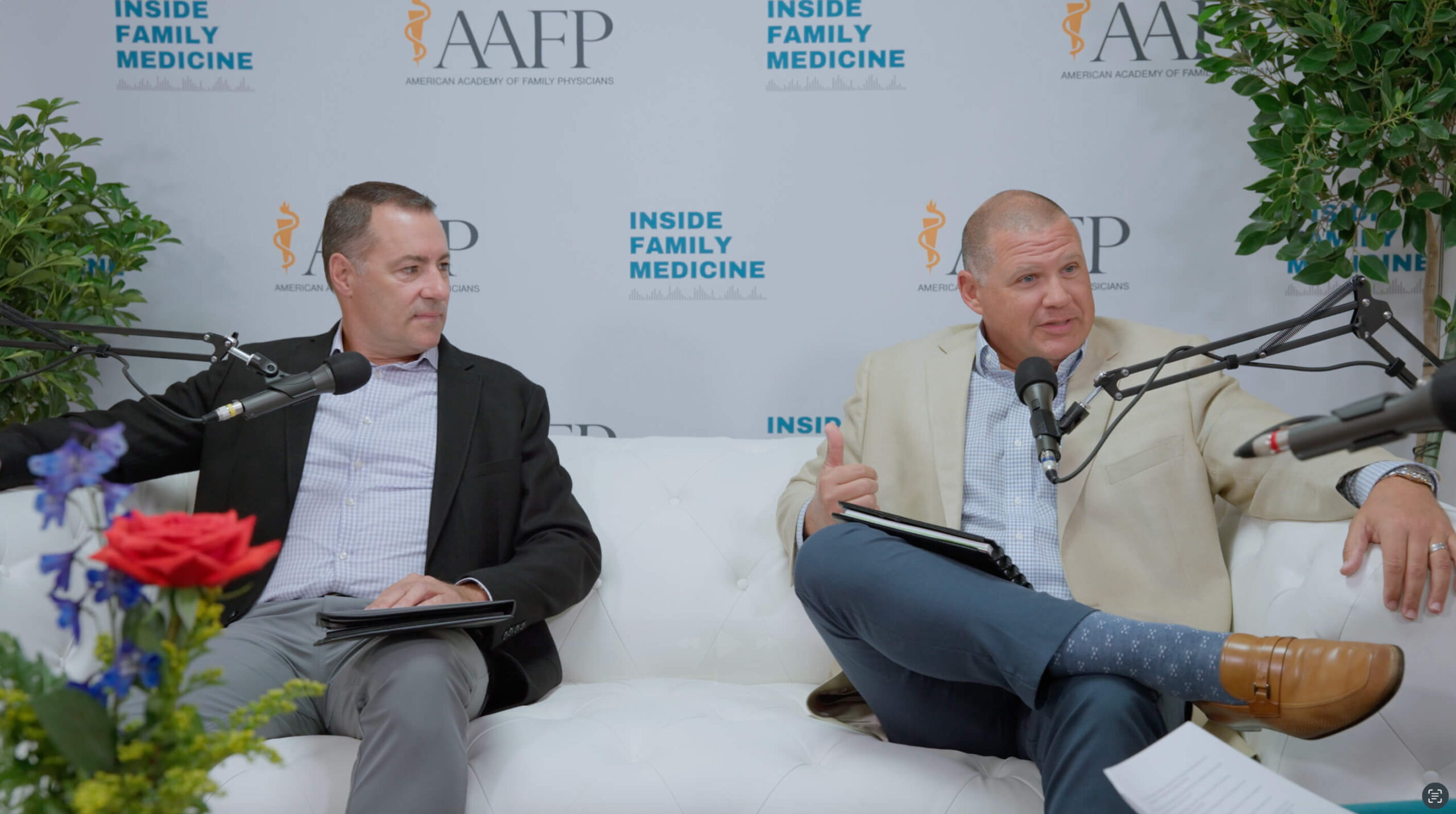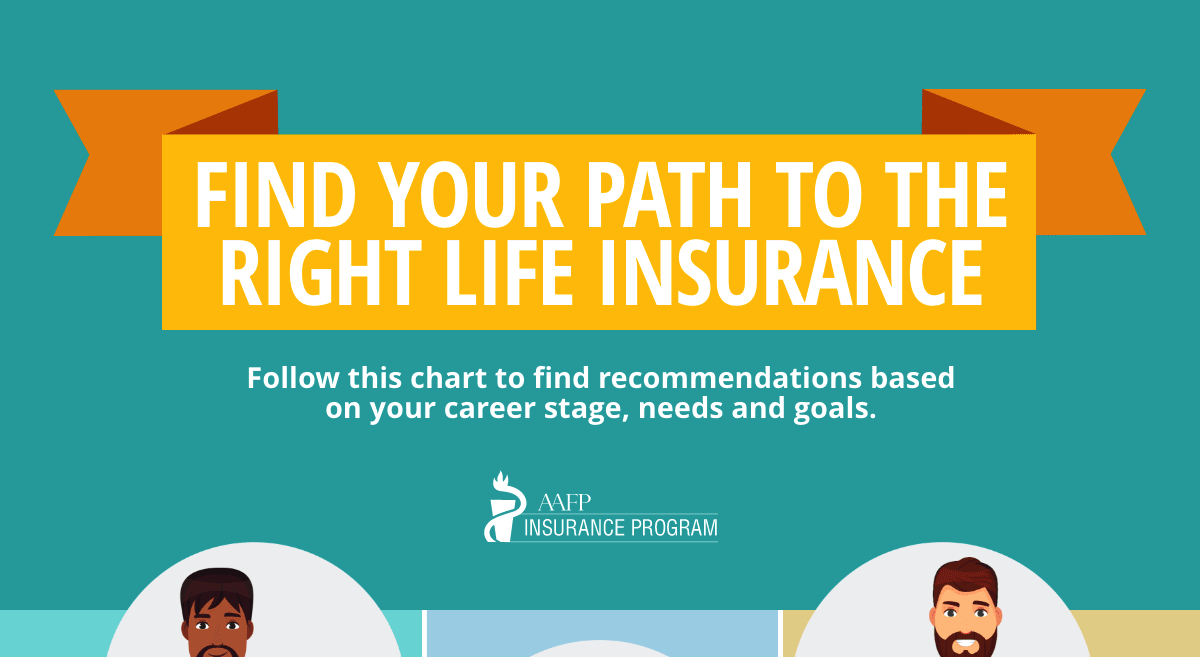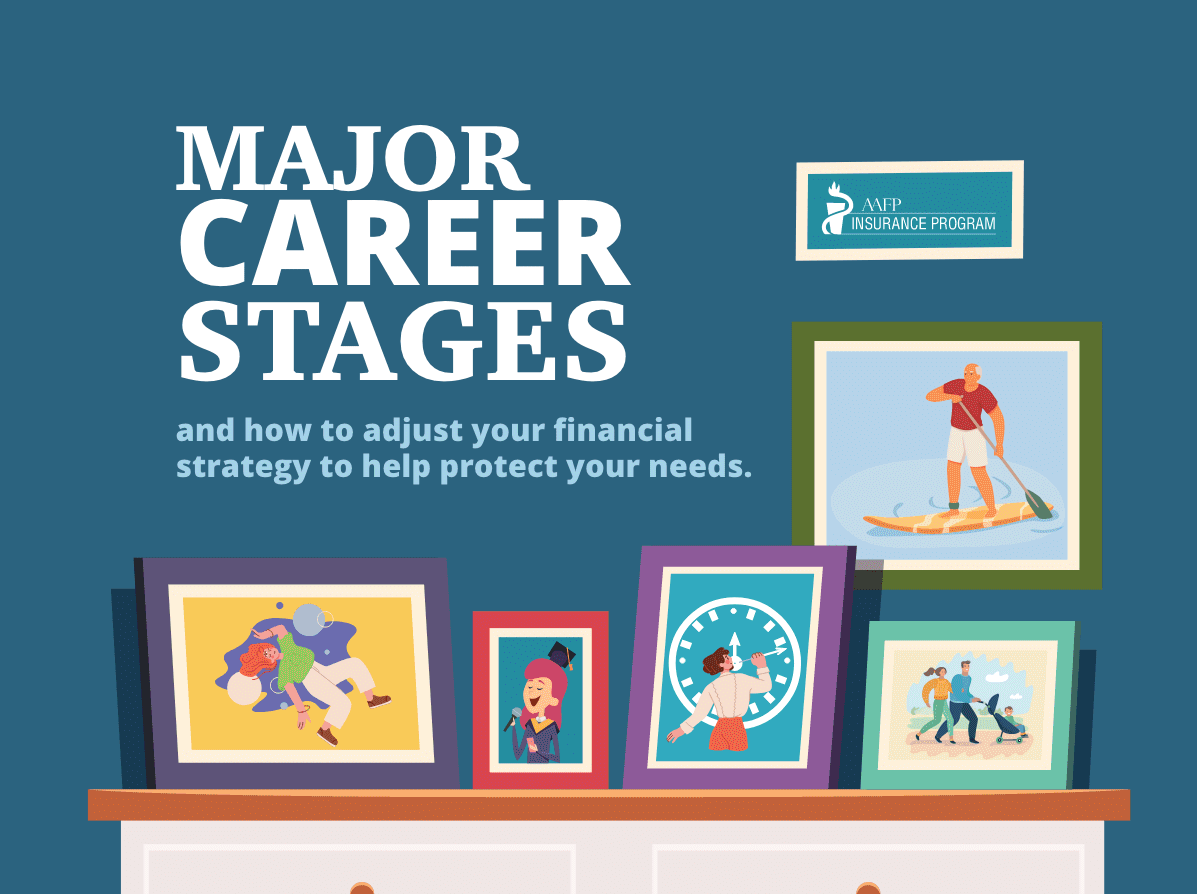Recognizing the signs of burnout
Before we discuss prevention measures, we first need to explore what burnout is and how to recognize the signs either within yourself or your colleagues.
Burnout is defined as loss of enthusiasm for work, feelings of cynicism, and a low sense of personal accomplishment. Burnout can have adverse effects on patient care, and many factors that lead to burnout are also associated with a higher likelihood of physicians leaving their practice.
Some of the main causes of burnout include:
- Too many bureaucratic tasks
- Too many hours at work
- Not enough income
- Increased use of technology in practice
- Impact of the ACA
- Too many patient appointments in a day
If you’ve ever complained of being emotionally exhausted, feel emotionally detached from your patients and work or suffer from a low sense of accomplishment, then you may be experiencing burnout. Below are seven additional signs of burnout every physician should recognize:
- You constantly operate under high stress levels.
- You practice in a chaotic work environment.
- You don’t agree with your boss’ values or leadership.
- You’re the emotional buffer (no chance to vent or express feelings of stress).
- Your work-life balance is non-existent.
- Your work schedule provides no flexibility.
- You don’t have time to take care of yourself.
Young doctors are already showing signs of burnout
New research from the University of North Carolina, Chapel Hill revealed that medical resident burnout has reached epidemic levels. According to the survey, 70% of residents met the criteria for burnout. Interestingly enough, 50% of family medicine residents reported burnout, which was one the lowest rates of burnout in the survey.
What’s more is that residents who felt their medical school training did not adequately prepare them for the demands of residency were more likely to experience burnout.
For residents, the biggest contributors of burnout were:
- Lack of time to exercise
- Lack of time to take care of oneself, and/or engage in enjoyable activities outside of work
- Lack of work-life balance
- Time spent on EHRs and administrative tasks/documentation
How to reverse this burnout trend
Burnout happens gradually which means it can be prevented before it causes serious damage to physicians and their patients. So what can be done within the medical field to combat burnout?
In the same Chapel Hill survey, residents were asked how burnout should be addressed. Survey respondents felt that more vacation time, increased support, and on-site childcare and exercise facilities would help alleviate burnout.
Most recently at the 2015 AAFP National Conference of Family Medicine Residents and Medical Students, students proposed the following resolutions to tackle burnout:
- Addressing a culture of dehumanization common in the educational environment and to suggest that medical educators model behaviors and attitudes to help prevent medical trainee burnout.
- Exploring avenues for conducting evidence-based investigations of medical school wellness programs, as well as potential partnerships with interested stakeholders to gauge these programs’ impact on student perceptions of primary care and their decisions to choose it as a specialty.
Additional measures residents are taking to conquer burnout include: resiliency training, teaching trainees to prioritize self-care and effectively managing emotions through stress management resources.
What can you do to lessen the effects of burnout and reignite your passion for practicing family medicine? Exercise, go out to dinner with friends, call up an old classmate or play video games – anything non-work related that can help alleviate stress and burn off steam can stop burnout before it starts. It also helps to try and find those hidden gems of why you decided to practice medicine in the first place. Whether it’s showcasing your years of expertise or the gratitude you receive from generations of families you’ve helped, find out where your passion began and hold on to it.
Burnout prevention resources
The American Medical Association developed an interactive practice program to help address physician burnout. STEPS Forward addresses four key areas that could be affected by burnout: practice efficiency and patient care, patient health, physician health and technology and innovation.
The American Academy of Family Physicians also has various resources to help young and veteran physicians fight burnout.
For additional inspiration, read this article from Lynne Lillie, M.D. (member of the AAFP Board of Directors) in the AAFP Leader Voices Blog where she explains how the AAFP is winning burnout battles for you.
Tell us: Have you experienced burnout? If so, what have you done to fight it? What resources or support systems did you use?
Photo Credit: Photographee.eu/Shutterstock




